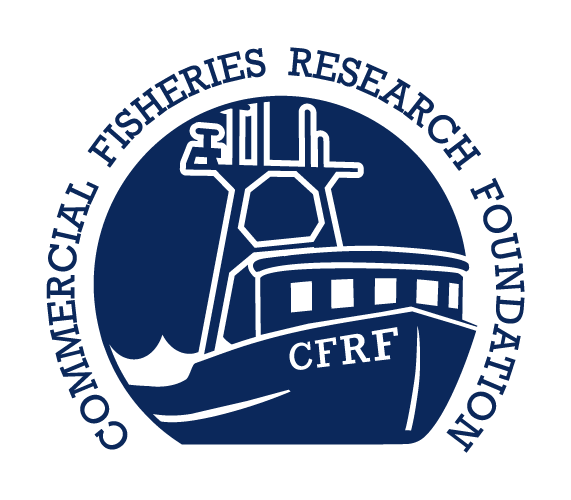The Buzzards Bay Lobster Resource: Are Changes in Reproduction Having a Negative Impact on the Fishery?
- Program: SNECRI 2008
- Total Amount Awarded: $88,457
- Project Duration: Jun 1, 2009 - May 31, 2011
- Status: Completed
Project Team:
- Dr. Winsor Watson (UNH)
- Robert Glenn (MA Div. of Marine Fisheries)
- Arthur DeCosta (MA Lobsterman’s Association)
- Tracy Pugh (UNH)
- Jason Goldstein (UNH)
Project Summary:
The intent of this project is to determine whether there has been a change in the reproductive dynamics of lobsters (Homarus americanus) residing throughout the Buzzards Bay, Massachusetts region, and, if such a change has occurred, ascertain the impact it may have on the stock. The Southern New England stock, in which Buzzards Bay is included, has recently suffered dramatic declines with no indications of rebuilding, and contributing factors may include a breakdown of their reproductive output (evidenced by low spawning stock biomass, very low percentages of legal-sized males, and extremely low settlement indices). We have identified several scenarios that may be affecting the reproductive capacity of lobsters in the Buzzards Bay area. First, skewed operational sex ratios resulting from differential habitat preferences of males and females may be producing a shortage of available males to mate with sexually mature females. Second, fishery practices that afford differential protection to females may be resulting in size discrepancies between potential mates that affect a male’s ability to successfully inseminate a female. Third, an alteration of the molting and spawning cycle of mature females, possibly resulting from increased water temperatures, could be producing either positive or negative effects in reproductive output, either of which would need to be accounted for in stock assessment models.
We propose to examine these scenarios by conducting field studies to document size distributions and sex ratios, the percentage of females carrying sperm, and the status of ovigerous (carrying eggs) females during the time of year when molting and mating typically occur. Additionally, the tagging component of this study will allow us to investigate molt timing and frequency, egg extrusion events, and local movement patterns. A thorough review and analysis of several existing long-term data sets will allow us to determine whether gradual changes in the sex ratio, molt timing, and/or size distributions over time may have contributed to the current apparent decline in the reproductive potential of the Southern New England lobster population.
Data generated from this project will identify the extent to which certain changes in lobster reproduction, such as sperm limitation, are occurring in the Buzzards Bay lobster resource and allow us to identify the mechanisms behind them. We will submit our results to the ASMFC lobster stock assessment committee for use in refining the input parameters in stock assessment models, particularly the life history model (egg-per-recruit model). The direct involvement of industry members in the data collection and execution of this project will:
- improve communications between scientists and the members of the commercial fishery and
- increase the transparency of the scientific process and thus the ability of the industry members, scientists and managers to work together to create a sustainable lobster fishery.

